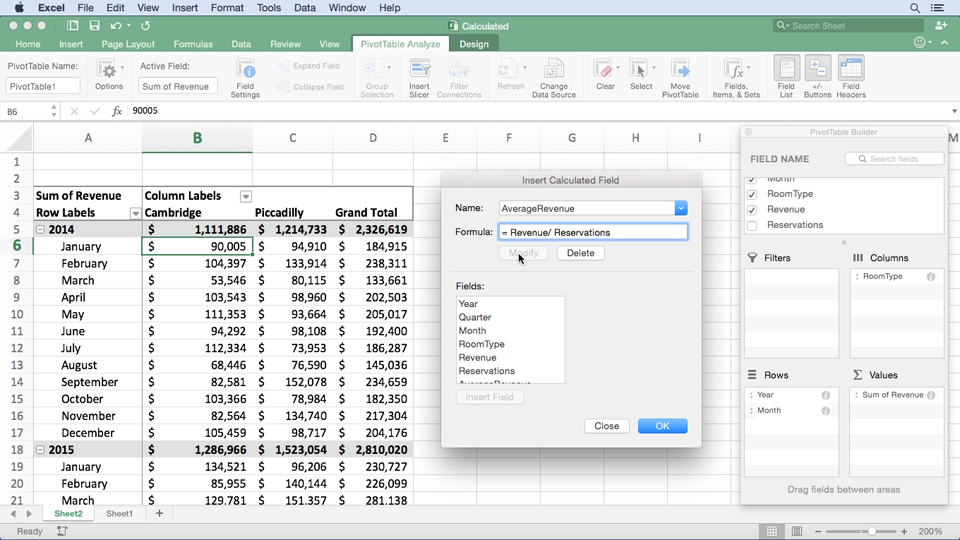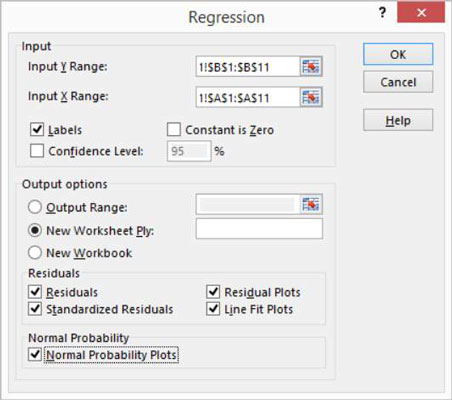

- PUT THE DESCRIPTIVE ANALYSIS ADD IN IN YOUR COMPUTER FOR EXCEL ON MAC FULL
- PUT THE DESCRIPTIVE ANALYSIS ADD IN IN YOUR COMPUTER FOR EXCEL ON MAC SERIES
Returns the average of the absolute deviations of data points from their mean Returns the rank of a value in a data set, as a percentage (0 - 1 exclusive) (New in Excel 2010) Returns the rank of a value in a data set, as a percentage (0 - 1 inclusive) (New in Excel 2010 - replaces the Percentrank function) Returns the rank of a value in a data set, as a percentage (0 - 1 inclusive) (Replaced by Percentrank.Inc function in Excel 2010) Returns the statistical rank of a given value, within a supplied array of values (if more than one value has same rank, the average rank is returned) (New in Excel 2010) Returns the Mode (the most frequently occurring value) of a list of supplied numbers (if more than one value has same rank, the top rank of that set is returned) (New in Excel 2010 - replaces the Rank function) Returns the statistical rank of a given value, within a supplied array of values (Replaced by Rank.Eq function in Excel 2010) Returns the specified quartile of a set of supplied numbers, based on percentile value 0 - 1 (exclusive) (New in Excel 2010) Returns the specified quartile of a set of supplied numbers, based on percentile value 0 - 1 (inclusive) (New in Excel 2010 - replaces the Quartile function) Returns the specified quartile of a set of supplied numbers, based on percentile value 0 - 1 (inclusive) (Replaced by Quartile.Inc function in Excel 2010) Returns the K'th percentile of values in a supplied range, where K is in the range 0 - 1 (exclusive) (New in Excel 2010) Returns the K'th percentile of values in a supplied range, where K is in the range 0 - 1 (inclusive) (New in Excel 2010 - replaces the Percentile function) Returns the K'th percentile of values in a supplied range, where K is in the range 0 - 1 (inclusive) (Replaced by Percentile.Inc function in Excel 2010) Returns the confidence interval for a population mean, using a Student's t distribution (New in Excel 2010) Returns the confidence interval for a population mean, using a normal distribution (New in Excel 2010 - replaces the Confidence function) Returns the confidence interval for a population mean, using a normal distribution (Replaced by Confidence.Norm function in Excel 2010) Returns the number of permutations for a given number of objects (with repetitions) that can be selected from the total objects (New in Excel 2013) Returns the number of permutations for a given number of objects Returns an array showing the number of values from a supplied array, which fall into specified ranges Returns the number of cells (of a supplied range), that satisfy a set of given criteria (New in Excel 2007) Returns the number of cells (of a supplied range), that satisfy a given criteria Returns the number of blank cells in a supplied range Returns the number of non-blanks in a supplied set of cells or values Returns the number of numerical values in a supplied set of cells or values Note that some of the Statistical functions were introduced in recent versions of Excel, and so are not available in earlier versions.Įxcel Statistical Functions Count & Frequency
PUT THE DESCRIPTIVE ANALYSIS ADD IN IN YOUR COMPUTER FOR EXCEL ON MAC FULL
Selecting a function name will take you to a full description of the function, with examples of use and advice on common errors. The Excel Statistical functions are all listed in the tables below, grouped into categories, to help you to easily find the function you need.
PUT THE DESCRIPTIVE ANALYSIS ADD IN IN YOUR COMPUTER FOR EXCEL ON MAC SERIES
In this scenario, the third series does not display as a separate chart type by itself.Excel provides an extensive range of Statistical Functions, that perform calculations from basic mean, median & mode to the more complex statistical distribution and probability tests. For example, if you create a three-series chart in line format, turn one data series into a column chart and try to transform the third series into a doughnut chart, the result shows your first series as a line, the second as a column behind the line and all three series as a doughnut behind the other two data series.



 0 kommentar(er)
0 kommentar(er)
